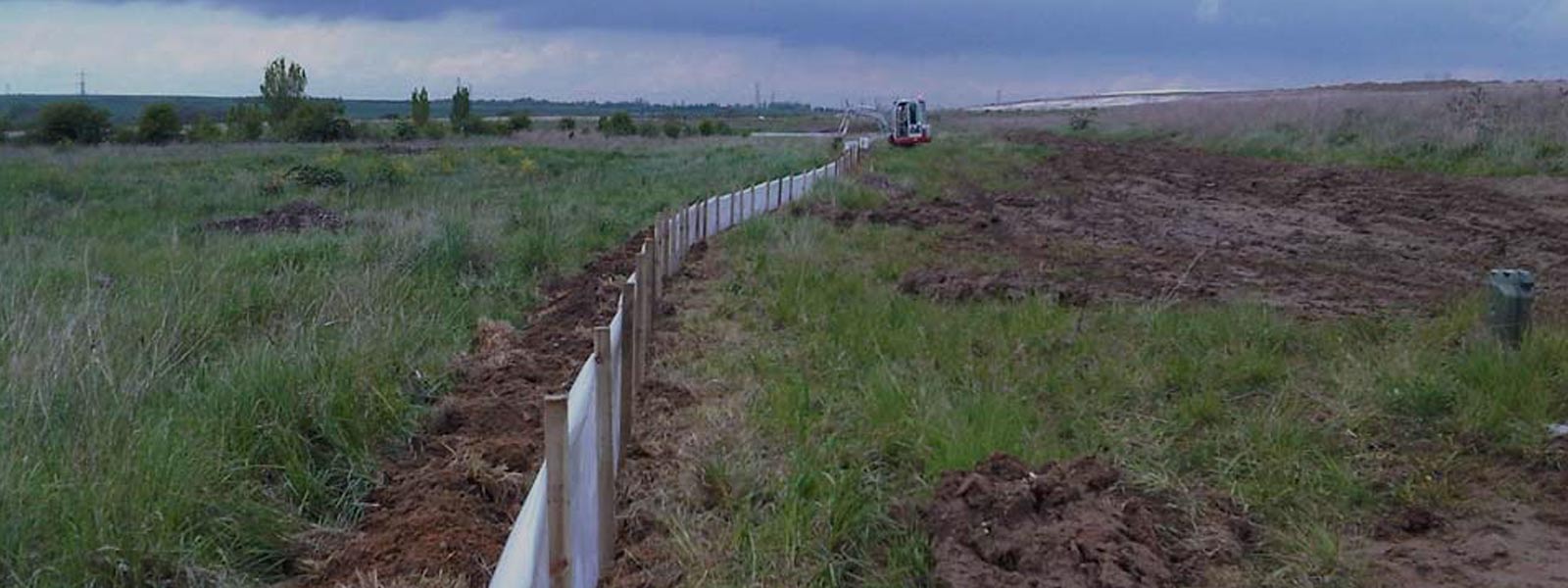As part of a wider environmental statement and associated works, Ecology Link was commissioned to undertake a large scale reptile translocation on a 22ha site.
Management of field ecologists and landscape contractors
The Port is creating a new Distribution Park near to Tilbury Docks. The translocation involved the setting of more than 2000 refugia sheets, which were checked twice a day for a minimum 60 day period. The project involved the management of field ecologists and landscape contractors, ensuring that targeted habitat manipulation techniques assisted with the capture effort. Ecology Link were also involved in the pre-survey and habitat enhancement of two nearby receptor sites, which are under the ownership of Essex Wildlife Trust.
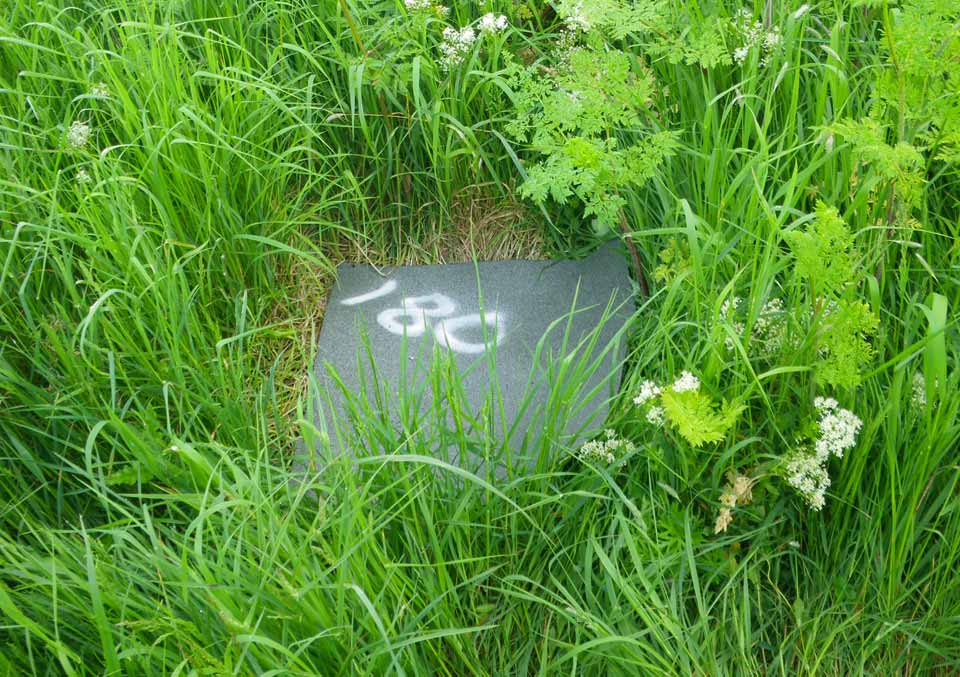
Numbered refugia sheet
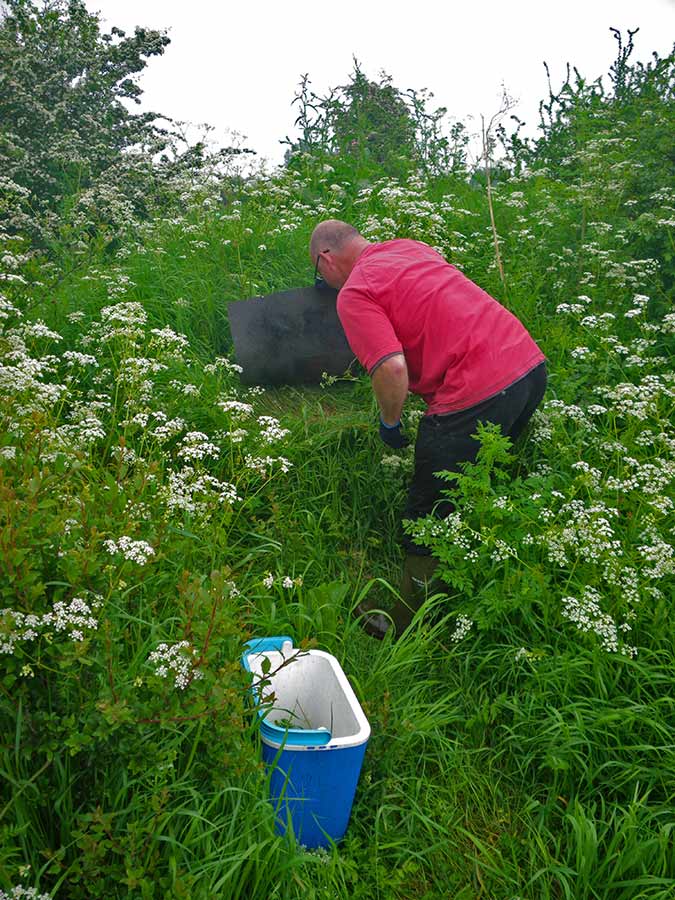
Checking reptile sheet

Adder under reptile sheet
Habitat monitoring and maintenance
Enhancements included the creation of over a dozen large rubble and log hibernacula and earth mounds; with selective vegetation strimming. A five year monitoring programme has been put in place to monitor the success of the translocation and allow suitable habitat maintenance to be implemented to maintain the receptor sites in optimal condition for reptiles.
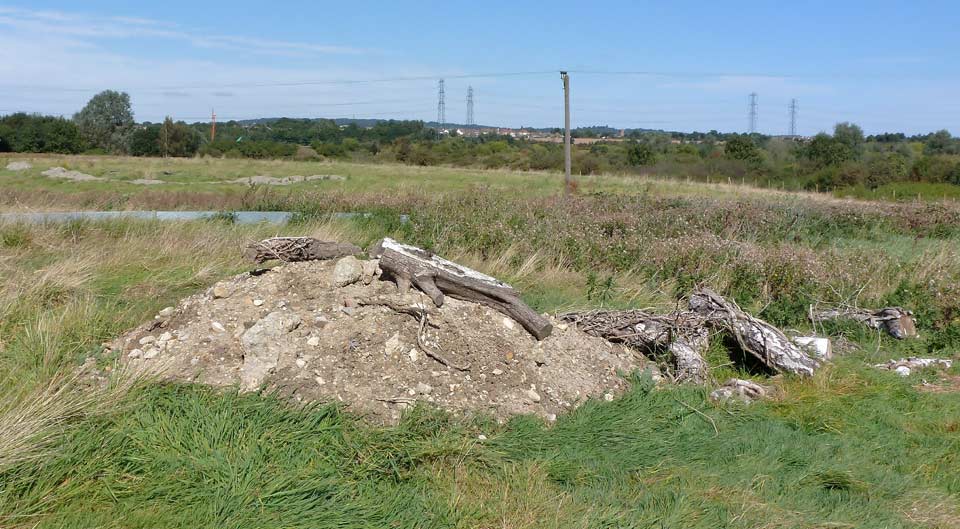
Reptile refugia created at the mucking receptor site

Hibernacula creation
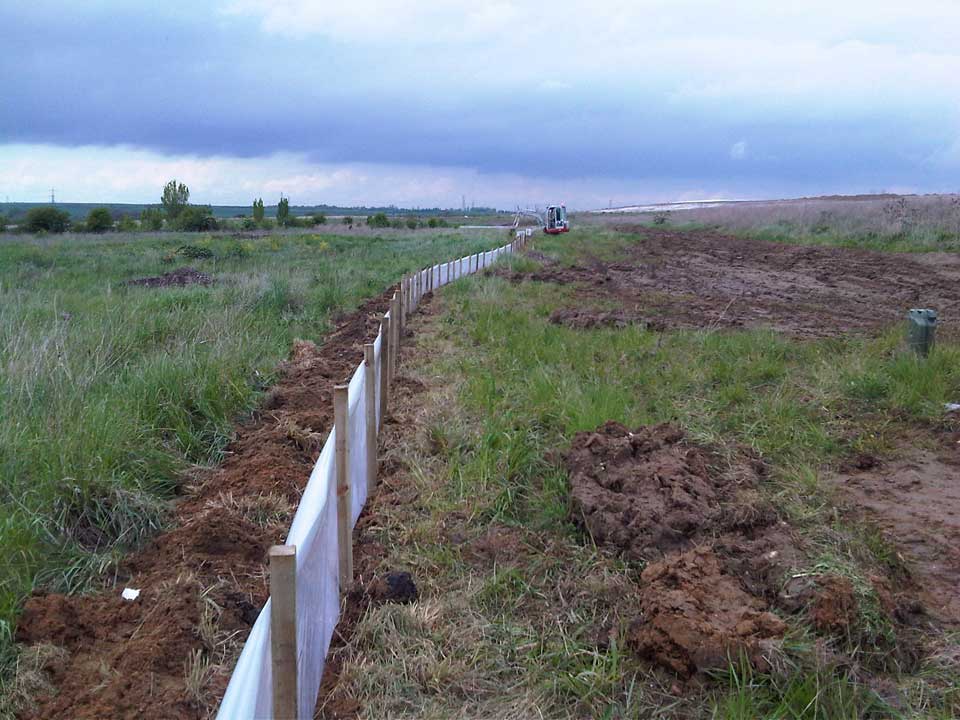
Reptile fence installation
Update to project
Under the agreement for the translocation of animals from the Port of Tilbury site, a five year monitoring programme was implemented with EWT to annually survey and record animal species and numbers within the receptor sites. Habitat management has also been overseen for the ongoing enhancement of habitats for reptile populations. Suitable habitat diversity and connectivity will be maintained across the Nature Park, to ensure reptiles can continue to integrate into the wider area as the planned site expansion progresses.
Reptile populations have remained stable, with particular hotspots within the areas of greatest habitat restoration and hibernacula creation. This shows the importance of the creation of such features and of continued habitat maintenance.


